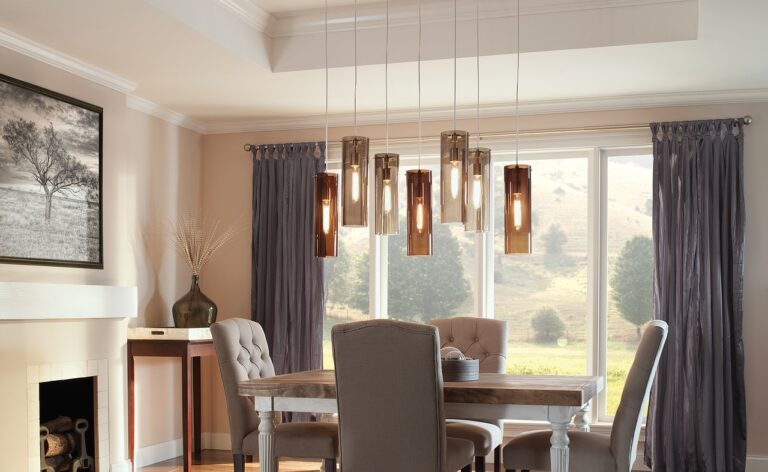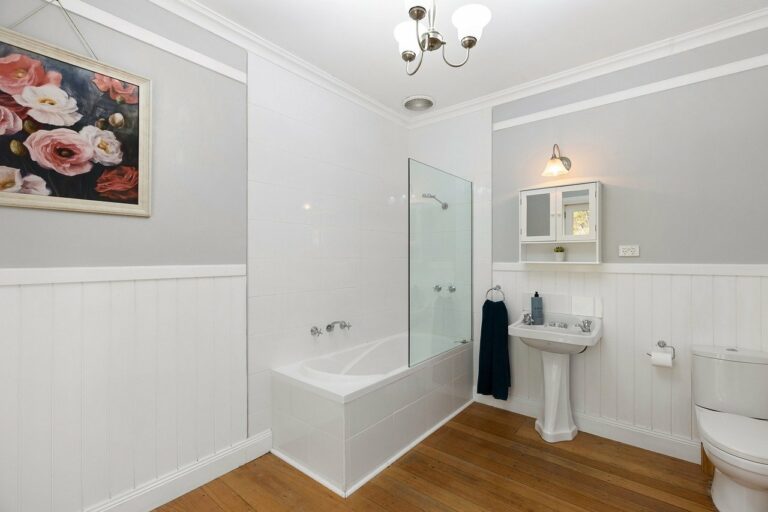DIY Fence Installation: Tips for Adding Privacy and Security to Your Yard
When selecting the right type of fence for your property, there are a few key factors to consider. Firstly, think about the primary purpose of the fence – is it for security, privacy, aesthetic purposes, or to keep pets and children contained? Understanding your specific needs will help narrow down the options available to you.
Additionally, take into account the style of your home and the overall look you want to achieve in your outdoor space. Different types of fences come in various materials, such as wood, vinyl, aluminum, or chain link, each offering different levels of durability, maintenance requirements, and aesthetic appeal. Consider how well the fence will complement the existing features of your property to ensure a cohesive and attractive look.
When considering the right type of fence for your needs, here are some key points to keep in mind:
• Security: If security is a top priority, opt for a tall and sturdy fence such as chain link or aluminum.
• Privacy: For added privacy, choose a solid wood or vinyl fence with minimal gaps between panels.
• Aesthetic appeal: Consider how different materials will enhance the overall look of your property – wood fences offer a classic and natural look, while aluminum fences provide a sleek and modern appearance.
• Maintenance requirements: Think about how much time and effort you are willing to invest in maintaining your fence – wood may require regular staining or painting, while vinyl is low-maintenance.
• Budget considerations: Determine how much you are willing to spend on installation and upkeep of the fence before making a decision.
Determining the Proper Height and Placement of Your Fence
When determining the proper height and placement of your fence, it is essential to consider the main purpose of the fence. If you are installing a fence for security and privacy reasons, a taller fence placed closer to your property line would be more effective. On the other hand, if the fence is purely decorative or to keep pets contained, a lower fence set back from the property line may be sufficient.
Additionally, it is important to take into account any local regulations and guidelines when deciding on the height and placement of your fence. Some areas have specific restrictions on fence height, particularly in front yards or near roads. By checking with your local building codes and regulations, you can ensure that your fence complies with the necessary requirements and avoid any potential issues in the future.
Checking Local Building Codes and Regulations
Before installing a fence on your property, it is crucial to research the specific building codes and regulations that apply to your area. These codes are in place to ensure the safety and uniformity of structures within a community. By familiarizing yourself with these requirements beforehand, you can avoid potential issues that may arise during or after the installation process.
Local building codes typically dictate various aspects of fencing, such as allowable heights, materials, and placement in relation to property lines. Failure to comply with these regulations can result in fines, forced removal of the fence, or other legal consequences. It is advisable to consult with your local zoning board or building department to obtain the most up-to-date information regarding the requirements for installing a fence on your property.
How do I know which type of fence is right for my needs?
Consider factors such as privacy, security, aesthetics, and maintenance when selecting the right type of fence for your needs.
How do I determine the proper height and placement of my fence?
Check with your local building codes and regulations to ensure that your fence meets the height and placement requirements in your area.
Why is it important to check local building codes and regulations before installing a fence?
Checking local building codes and regulations ensures that your fence is in compliance with laws and guidelines set by your city or municipality, helping you avoid potential fines or legal issues in the future.
What are some common restrictions or requirements found in local building codes for fences?
Common restrictions may include maximum fence height, setback requirements from property lines or utilities, and restrictions on materials or colors used for fences.
How can I find out about the specific building codes and regulations for fences in my area?
Contact your local building department or visit their website to obtain information on the specific building codes and regulations for fences in your area.







